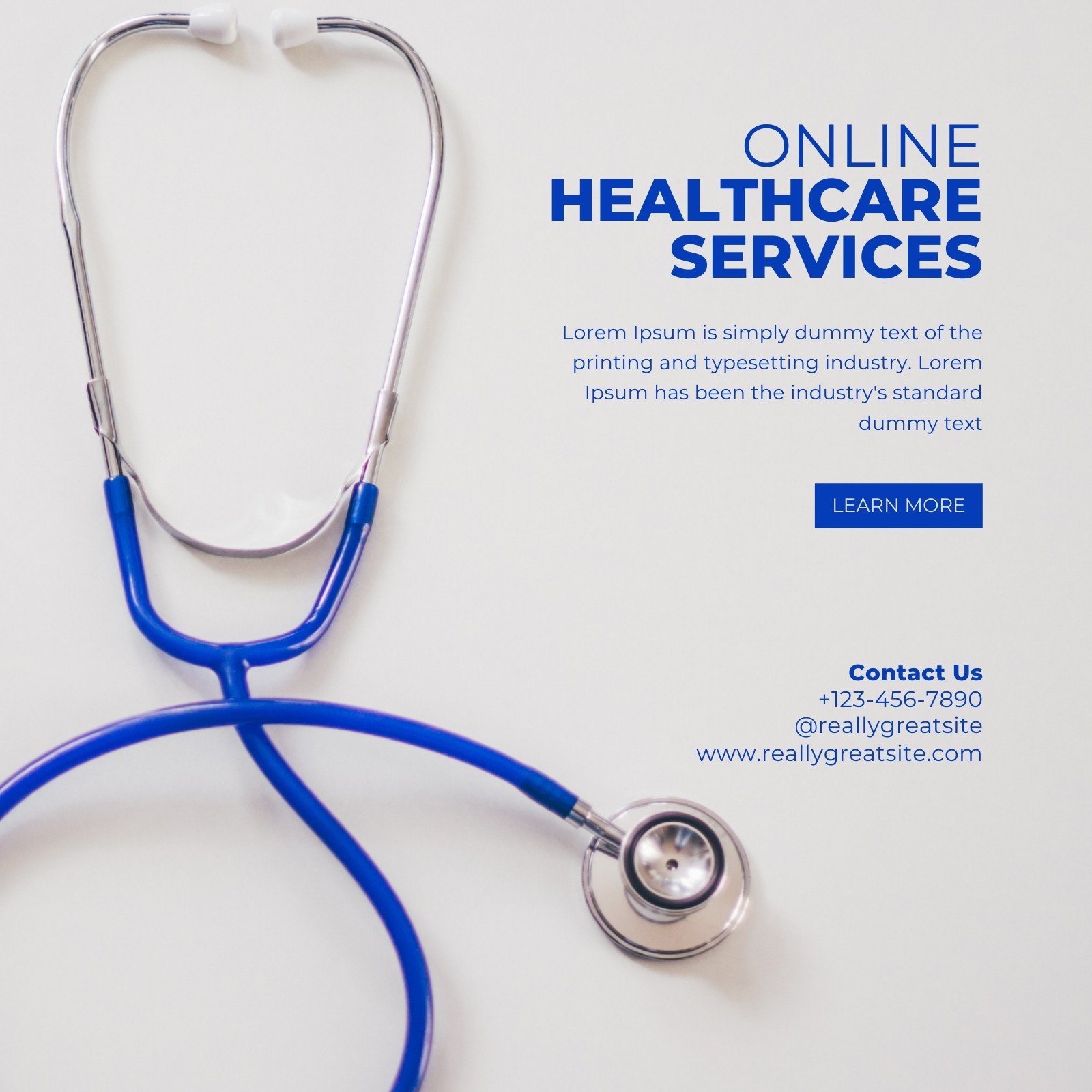Why Subscription Based Healthcare is Acquiring Popularity Among Patients Today
Why Subscription Based Healthcare is Acquiring Popularity Among Patients Today
Blog Article
Exactly How Subscription-Based Healthcare Is Reinventing the Medical Industry

The Rise of Subscription Medical Care
Recently, the medical care market has seen a substantial change towards subscription-based models, showing wider consumer trends favoring convenience and predictability. This change is driven by the increasing need for even more accessible and tailored treatment solutions. Subscription healthcare, often referred to as attendant medication or direct health care, uses patients a set regular monthly fee for a variety of medical solutions, dramatically altering standard fee-for-service designs.
The rise of membership medical care is helped with by advancements in modern technology, which enable streamlined interaction in between suppliers and people - subscription based healthcare. Digital platforms and telehealth solutions have actually come to be important, supplying patients the capability to set up appointments, access medical documents, and receive appointments online. This technological integration not only enhances person engagement yet likewise permits service providers to provide much more effective care
In addition, the registration model straightens with the progressing expectations of patients that look for even more control over their medical care expenses and experiences. While this model is acquiring grip, its proliferation encounters obstacles such as regulative hurdles and the necessity for wider acceptance within the standard health care community.
Benefits for Carriers and people
Subscription-based medical care supplies a wide variety of advantages for both clients and suppliers, improving the characteristics of healthcare. For people, this design offers boosted access to health care services. With a predictable month-to-month charge, people can delight in limitless assessments, lowered delay times, and individualized care. This arrangement commonly brings about a much more positive approach to health and wellness administration, permitting timely interventions that can prevent persistent conditions from rising. The monetary transparency of membership designs lowers the changability connected with typical fee-for-service payment, easing the problem of unforeseen medical costs.
For medical care providers, subscription-based versions foster an even more gratifying and lasting practice. By protecting a stable earnings stream, companies can focus on delivering high-grade care without the pressure of volume-based service. This model urges longer individual consultations, fostering more powerful patient-provider connections and enhancing health and wellness end results. Furthermore, it uses providers the adaptability to innovate and include precautionary and all natural care methods. Management tasks are often structured, decreasing overhead prices and enabling carriers to commit even more time to individual interaction. Overall, subscription-based health care aligns the incentives of suppliers and people, promoting a much more patient-centered and reliable healthcare shipment system.
Secret Features of the Version
Regularly, the key features of the subscription-based medical care model highlight its distinct strategy to delivering clinical solutions. Central to this version is the principle of foreseeable, month-to-month settlements, offering people a detailed series of services without the unpredictability of traditional fee-for-service structures. This design typically includes unlimited accessibility to primary care services, precautionary treatment, and routine check-ups, guaranteeing that individuals can involve with their doctor proactively as opposed to reactively.
In addition, direct interaction networks, such as telemedicine and messaging platforms, are stressed, permitting people to get prompt suggestions and appointments without requiring in-person consultations. This improves accessibility and ease, specifically for individuals with flexibility restrictions or those staying in remote areas. The model likewise cultivates stronger doctor-patient relationships, as doctor are incentivized to concentrate on long-lasting wellness end results check over here instead of temporary visits.
In addition, subscription-based health care commonly integrates technical advancements, such as digital wellness records and wellness monitoring applications, to give individualized and reliable care. Clients take advantage of worked with and continuous care administration, which is customized to their particular health requirements. Inevitably, these attributes collectively develop a patient-centered health care experience, focusing on accessibility, expense transparency, and precautionary care.

Obstacles and Considerations
While the subscription-based health care model read provides countless advantages, it is not without its obstacles and considerations. Membership versions might unintentionally favor those with higher socioeconomic standing, potentially widening differences in medical care gain access to for lower-income individuals who may struggle with month-to-month fees.
An additional challenge exists in governing compliance. Subscription-based health care should browse a complicated web of guidelines that vary by region, consisting of concerns around patient privacy, data security, and state licensing requirements. Guaranteeing conformity without hindering the design's adaptability and innovation can be discouraging for carriers.
In addition, there is the risk of overutilization or underutilization of services. Clients paying a dealt with fee could overuse services, causing boosted operational expenses, while others might underutilize due to be afraid of burdening the system, potentially overlooking required treatment.
Future Potential Customers and Innovations
The landscape of subscription-based health care is positioned for transformation through arising advancements and progressing leads. As modern technology remains to advancement, the assimilation of fabricated knowledge and artificial intelligence provides significant chances to enhance analysis accuracy and enhance patient management. Predictive analytics can change preventive care by determining possible wellness dangers prior to they manifest, consequently lowering both prices and the problem on healthcare systems.
In addition, telemedicine is readied to broaden within membership models, offering clients increased access to health care specialists despite geographical restrictions. This not just assists in continuity of treatment yet additionally empowers clients to involve even more actively in their health and wellness administration. Additionally, blockchain modern technology provides possible in securing individual data and guaranteeing interoperability across systems, promoting count on and openness.
The growth of individualized medicine is another frontier, with subscription models offering an one-of-a-kind framework for supplying tailored health and wellness remedies. Genetic testing and customized therapy strategies can be perfectly integrated, straightening individual needs with particular medical interventions. Additionally, partnerships between technology companies and healthcare providers are most likely to generate cutting-edge remedies, enhancing person experiences and results. As these prospects emerge, subscription-based health care has the potential to redefine just how care is supplied and accessed.
Conclusion
Subscription-based health care is transforming the clinical market by offering a much more available, foreseeable, and patient-centered technique to medical services. Regardless of difficulties such as regulatory hurdles and possible disparities in accessibility, the registration version holds guarantee for a more personalized and effective medical care experience.
Membership health care, occasionally referred to as concierge medication or straight primary care, uses people a set month-to-month charge for a variety of clinical solutions, considerably changing traditional fee-for-service versions.
Additionally, the membership model aligns with the advancing expectations of patients who seek even more control over their healthcare expenditures and experiences. For patients, this version supplies enhanced access to medical care solutions. On the whole, subscription-based medical care aligns the motivations of individuals and carriers, promoting an extra patient-centered and reliable health care distribution system.
In addition, telemedicine is set to broaden within membership versions, offering individuals raised accessibility to medical care specialists no matter of internet geographical restraints. - subscription based healthcare
Report this page